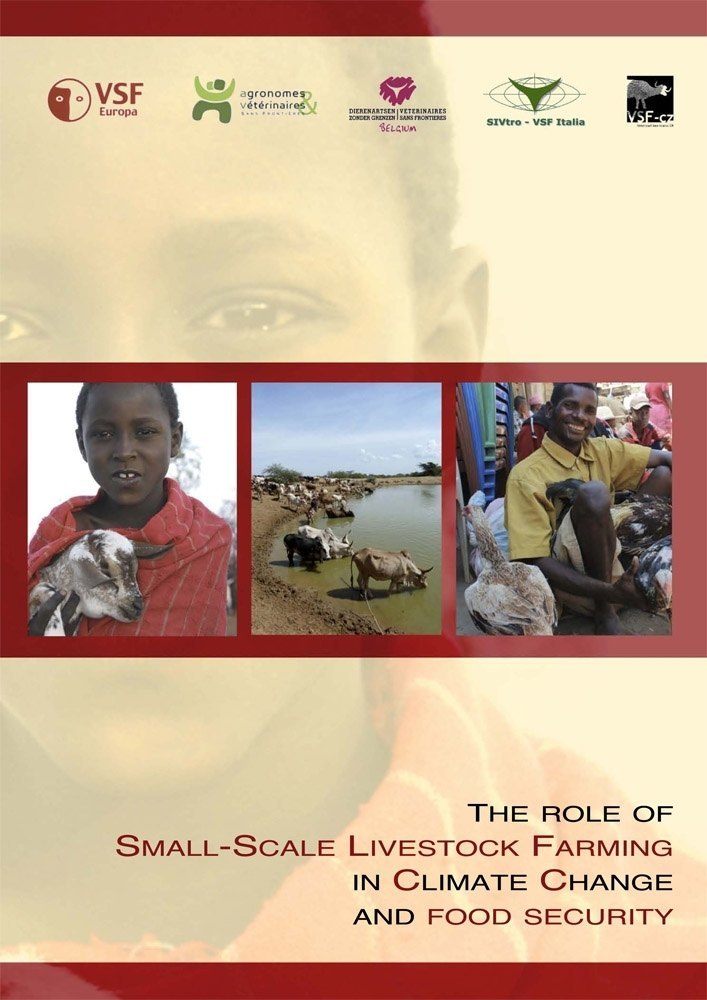This report aims at contextualizing the role small-scale livestock farming (SSLF) plays in the CC debate and at highlighting its potential contribution to food security. The two major hypotheses arising from the study are:
- SSLF can contribute to CC mitigation and needs to be integrated into the difinition of policy measures;
- Actions taken by local communities, mostly based on traditions and local knowledge, can serve as a reliable set of CC mitigation measures while contributing to global food security.
The questions the report tries to address can be summarized as follows:
- how sustainable are small-scale livestock farming systems and can they contribute to CC mitigation;
- how efficient are SSLF practices in producing animal source foods needed by growing population and in responding to future food security challenges;
- how successfully SSLF communities have traditionally adjusted to climate variability and how their strategies can help better respond to CC. As part of the report we will illustrate how SSLF, and more specifically pastoralism, fit into the new solutions.
To address the above issues, the report provides a new categorization of livestock production systems, going beyond conventional categories. Our attempt is to integrate the classification process with livestock farming systems’ multiple inputs and to link the above process to each type of production system, so as to add a food system approach to the categories. Subsequently the report critically reviews the existing literature on livestock production and mitigation alternatives. Finally, based on four case studies, it presents the adaptation measures undertaken by small-scale livestock farming communities in Turkana (Kenya), Alaotra Lake (Madagascar), Khar-o-Touran (Iran) and Huancavelica (Peru), and illustrates key socio-economic drivers that intensify CC’s effects and undermine their adaptation capacity.

